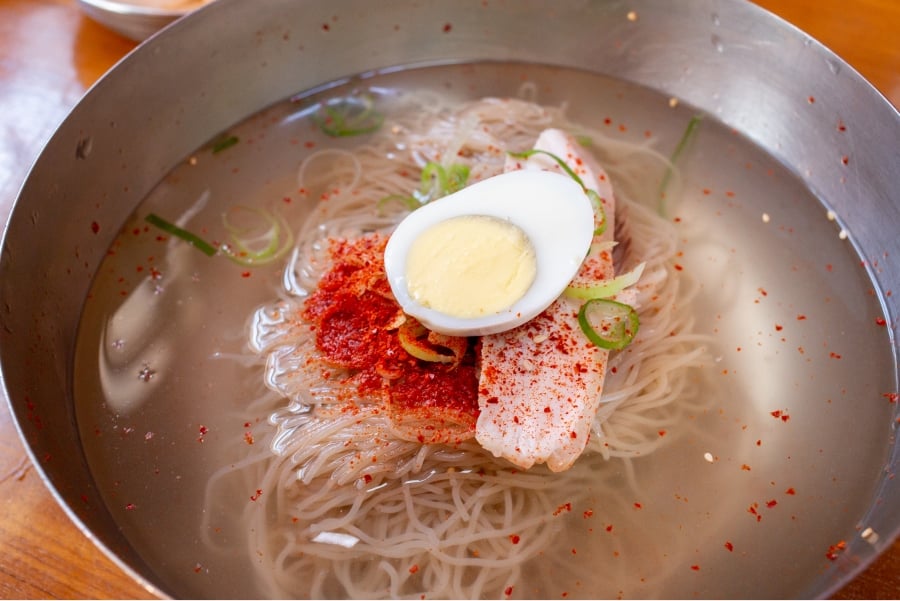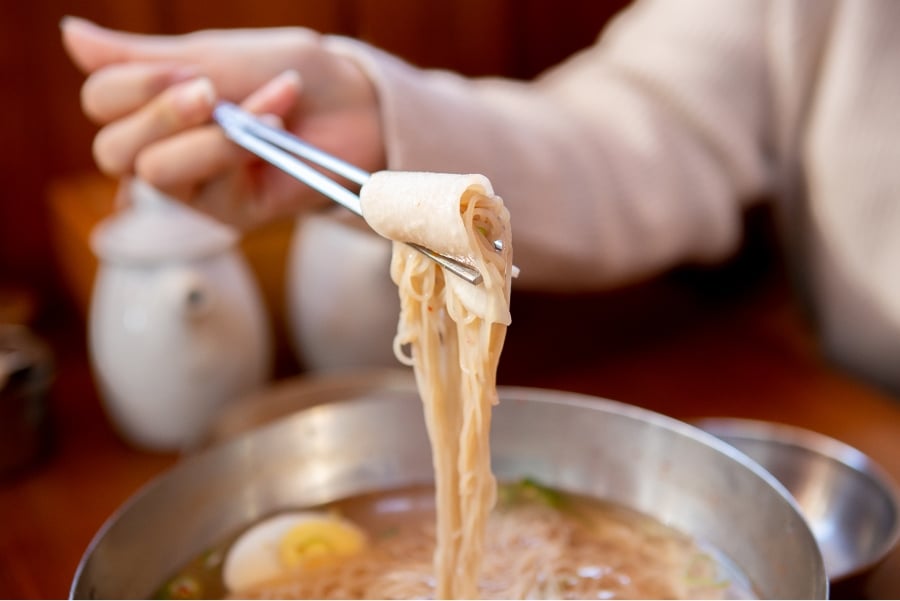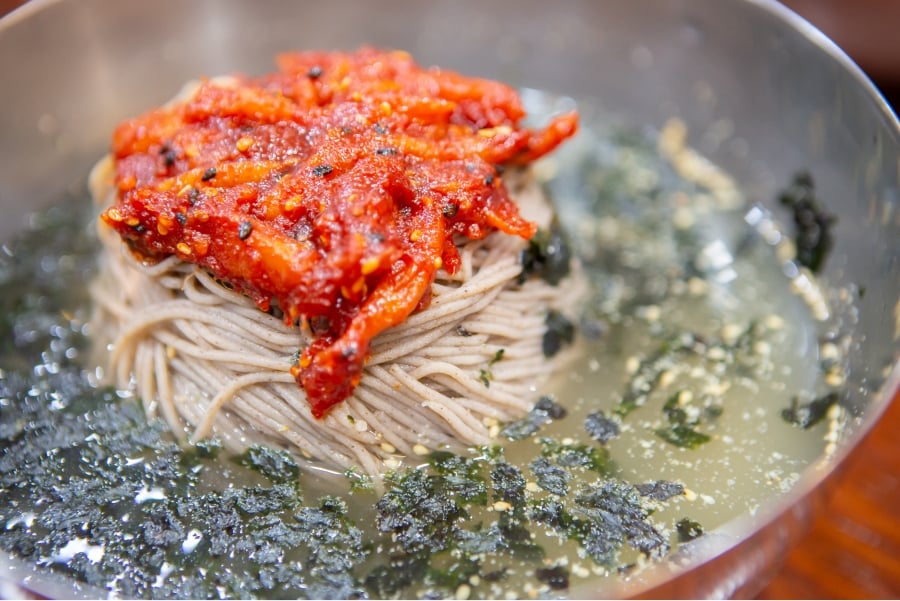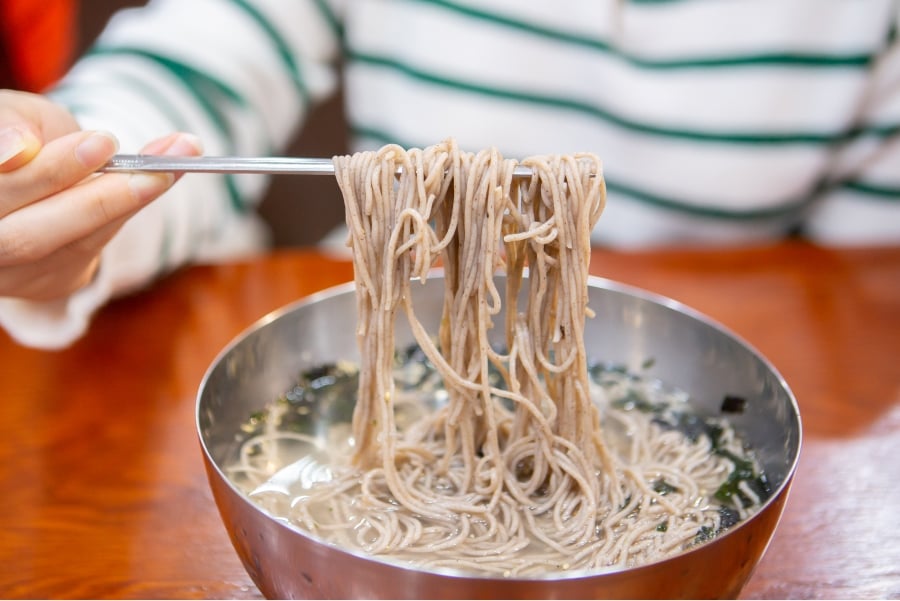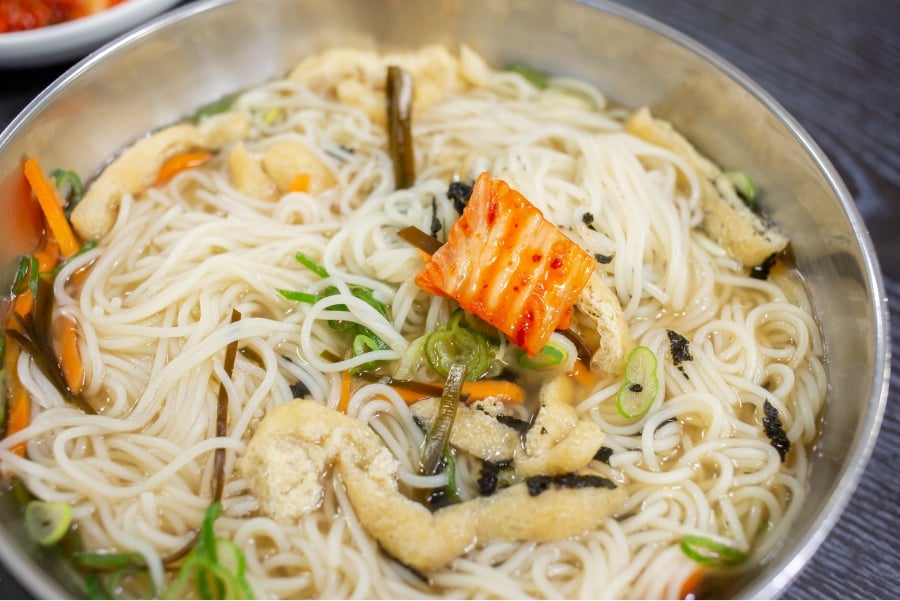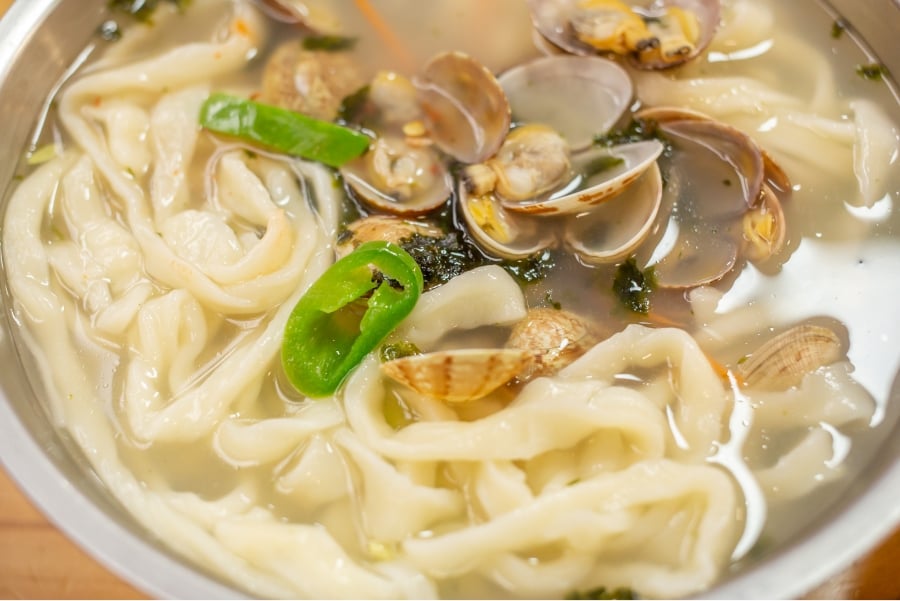Korea’s Favorite Noodles
Slurp Your Way to Delight
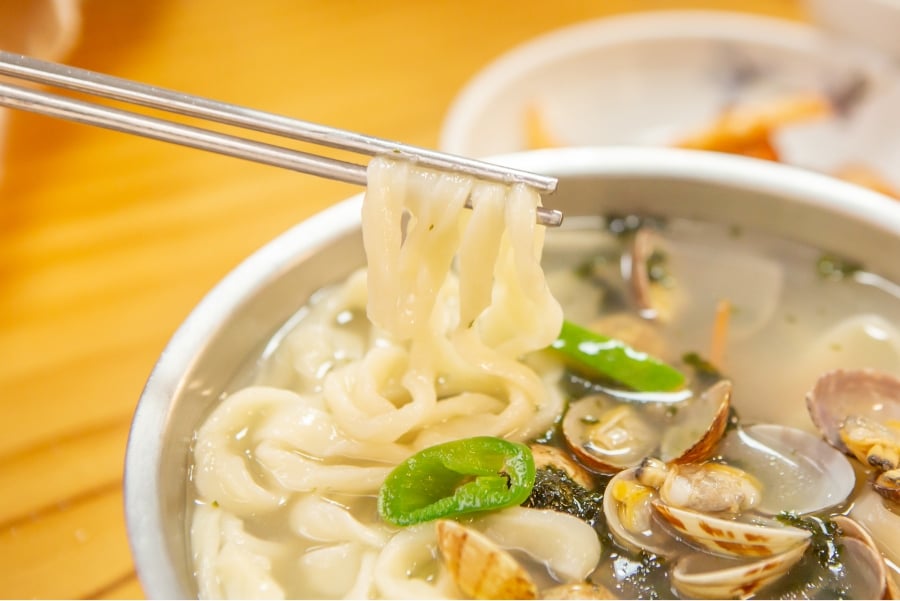
Noodles are beloved across the world, taking on numerous forms. In Korea, popular dishes that feature noodles include Banquet Noodles, Noodle Soup, Cold Buckwheat Noodles, and Buckwheat Noodles. These dishes all feature soup, but the former two are served hot, while the latter two are served chilled. Dive into the world of Korean noodles perfect for relishing throughout the four seasons.
Cold Noodle Dishes for Spring and Summer
Korea experiences four distinct seasons, transitioning from a mild spring to the arrival of hot summer. To beat the heat, Koreans often enjoy cold noodle dishes.
① The Addictive Allure of Subtle Broth, Pyeongyang Cold Buckwheat Noodles
For many international visitors, cold noodle may not be familiar. Typically, noodles are served with warm sauce or soup. But Pyeongyang Cold Buckwheat Noodles are made with chilled broth in the North Korean style, where Buckwheat Noodles were traditionally enjoyed with cold Radish Water Kimchi broth. Though this dish may appear to be somewhat unusual, those who try it often find themselves coming back for more. The clear and refreshing broth boasts a subtle flavor that's difficult to precisely describe but undeniably addictive. The texture of the dish depends on its buckwheat content, and some enthusiasts prefer noodles with higher buckwheat content, despite their tendency to break more easily. If you want to try something that is light and refreshing, the Pyeongyang Cold Buckwheat Noodles come highly recommended. The biggest difference between Cold Buckwheat Noodles and Buckwheat Noodles lies in the noodles themselves. Pyeongyang Cold Buckwheat Noodles uses peeled buckwheat and starch to create whiter and chewier texture, while Buckwheat Noodles tends to be rougher and less springy, due to using whole buckwheat.

